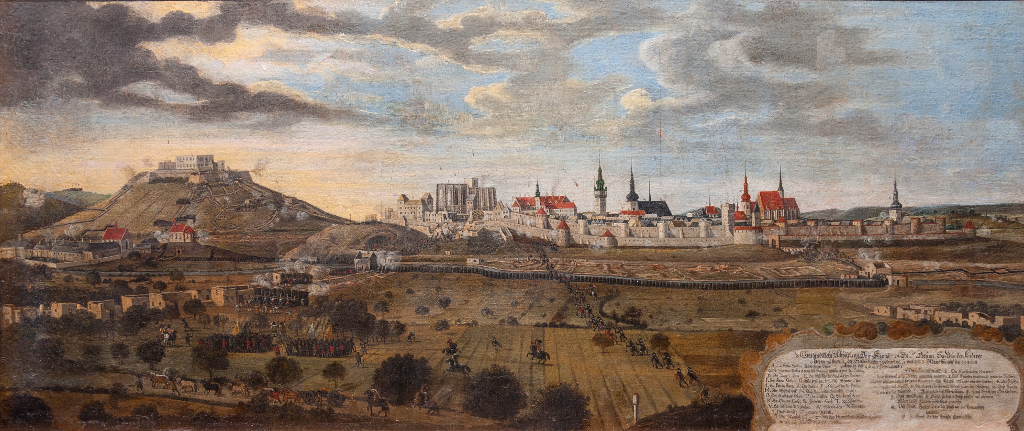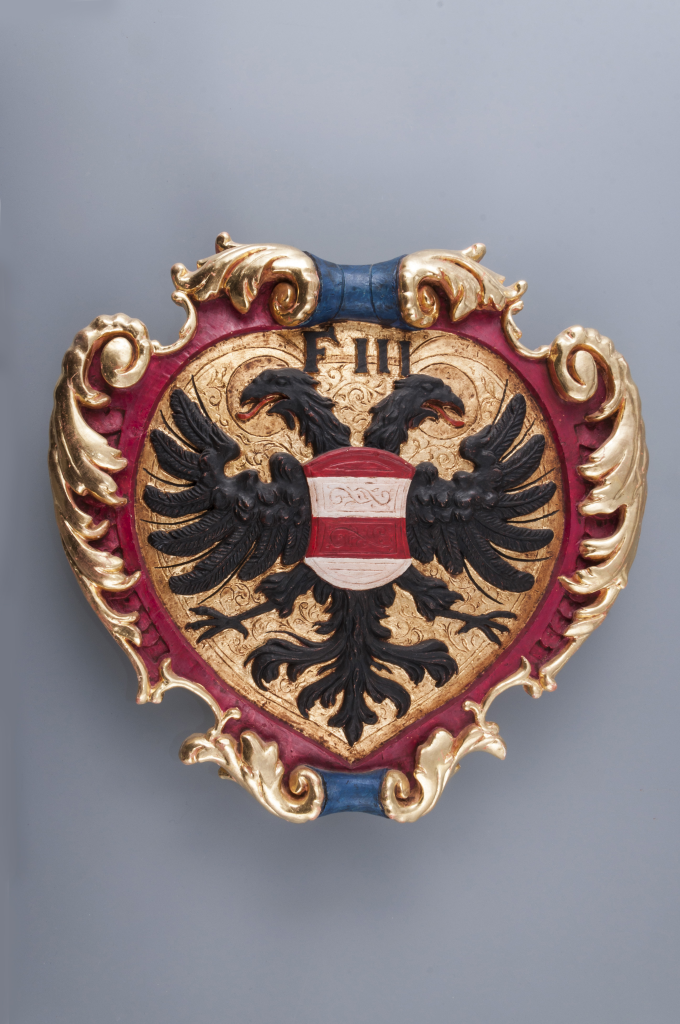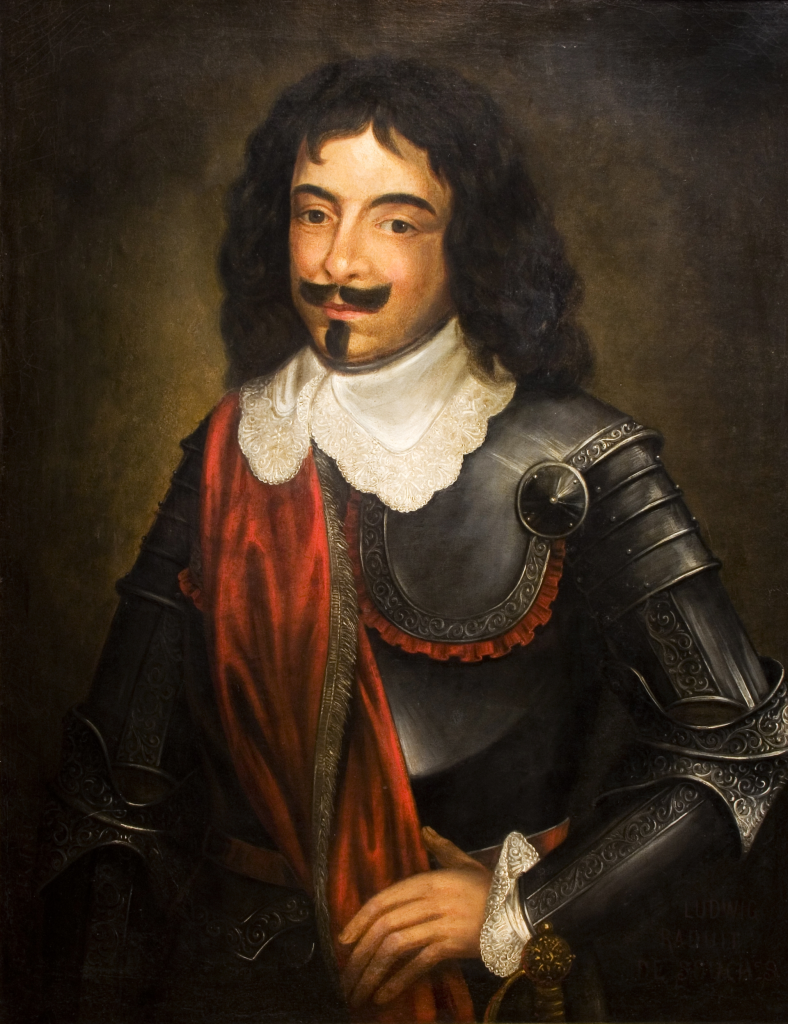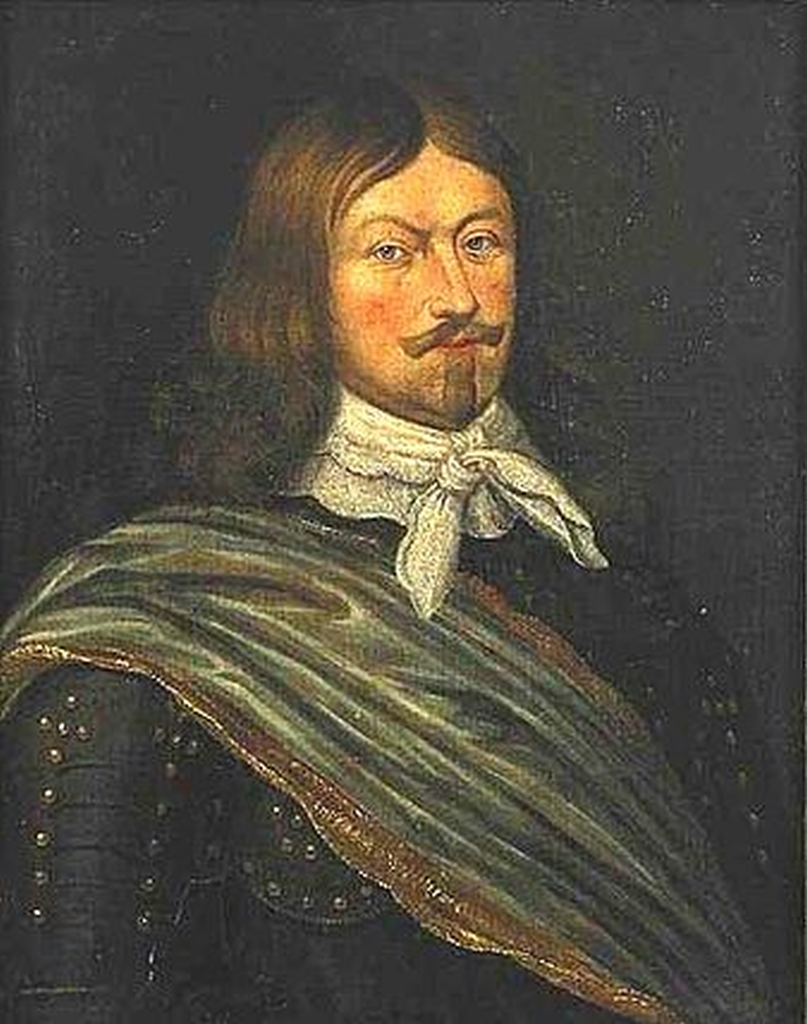
Špilberk under the Swedish siege
One of the most important historical events of Brno is the siege by Swedish forces during the Thirty Years' War. The Thirty Years' War, the first Europe-wide and at the same time the last religious conflict, began with the uprising of the Bohemian Estates against the Habsburgs. The conflict continued to spread to other parts of Europe, with after-effects reverberating even in the American colonies. Swedish forces approached Brno several times. However, the important year is 1645 when Swedish forces set out to besiege Vienna (by then they had already conquered Olomouc and Central Bohemia). However, they did not quite succeed in Vienna, and moreover, they did not want to leave unconquered Brno behind, which is why they headed to Brno believing that its conquest will be rather easy. Torstenson also wanted to conquer Brno in order to open supply routes to the rest of the soldiers and to the "logistic centre" in Olomouc. However, Brno with Špilberk managed to defend itself for 112 days, it did not succumb and remained unconquered. The defenders of Brno were heavily outnumbered with less than 1500 men against almost 30 000 Swedish soldiers. In this great conflict the commanders Lennart Torstenson on the Swedish side and General Louis Raduit de Souches on the side of Brno stood against each other. 250 Brno defenders and 8,000 Swedish soldiers were killed in the battle but only part of them died in combat. A large number died of diseases, some drowned in the flooded trenches or suffocated when the trenches collapsed.
As a reward for defending Brno and thus also Vienna, Emperor Ferdinand III granted Brno the so-called Swedish privilege which included an improved city emblem. The privilege provided Brno with certain benefits (it received 30 thousand florins, was freed from debt payments for 5 years, and was relieved of its accommodation obligations).


Jean Louis Raduit de Souches was born on the 16th of August 1608 in La Rochelle, France. At the age of twenty he became a member of the Protestant Swedish army. He was very brave and successful and that secured his advancement in the ranks. However, due to disagreements with his superiors, he decided to leave Queen Christina's Swedish army. In 1642 he entered the service of Ferdinand III, the then Emperor of the Habsburg Monarchy. He again proved his worth and in March 1645 he was put in charge of the defence of Brno.

Lennart Torstenson was a Swedish soldier and the commander-in-chief of the Swedish army. He served as royal page to Gustavus Adolphus. He was above all an excellent artillery commander and that is why he was always able to deploy artillery very effectively in his battles. He spent a year as a prisoner of war in Ingolstadt. It was this imprisonment that worsened his health - apart from gout he suffered from a chronic inflammation of the kidneys and from rheumatism (because of the rheumatism he could not sit on a horse).







